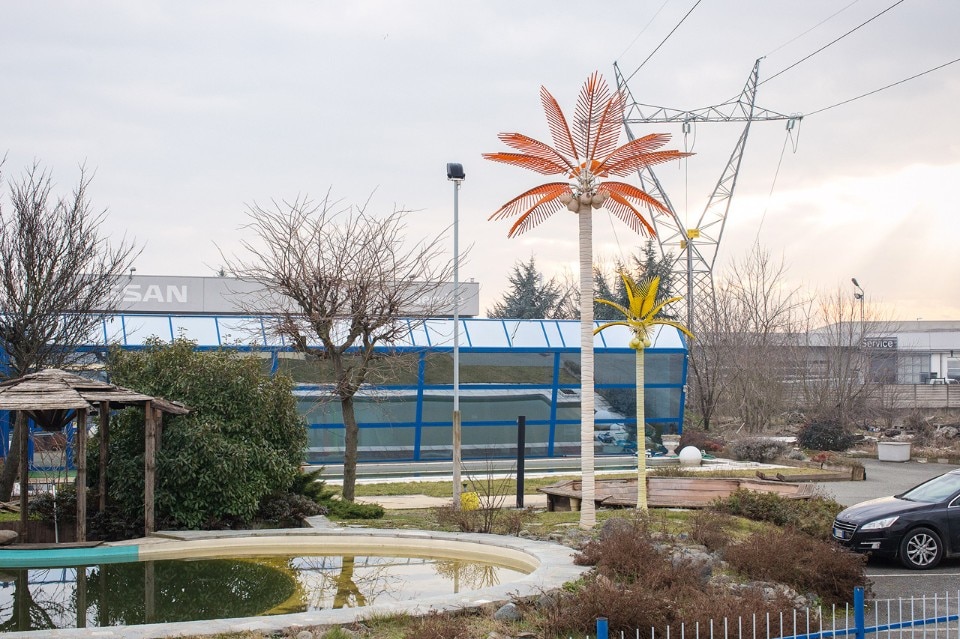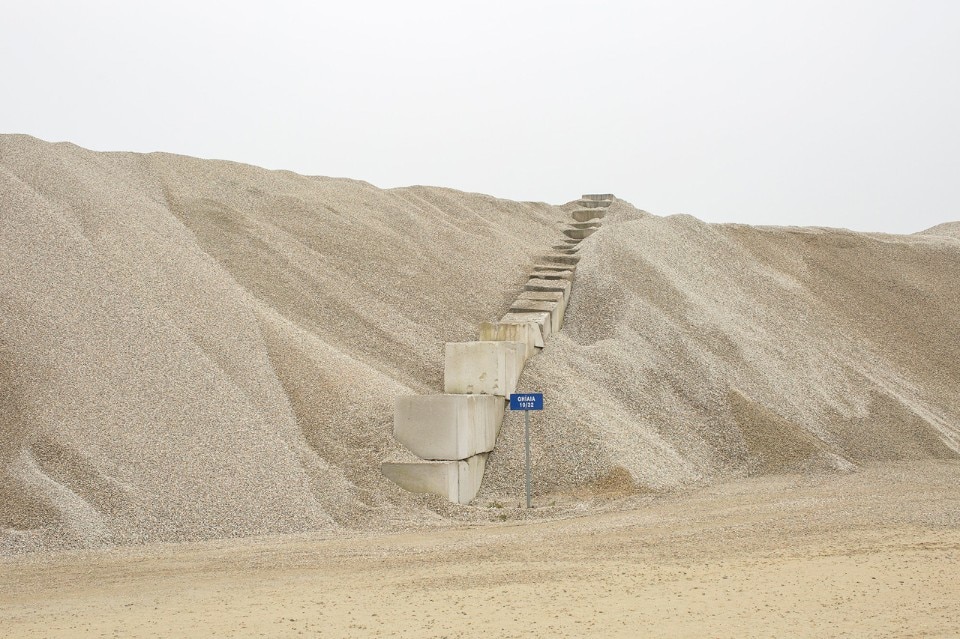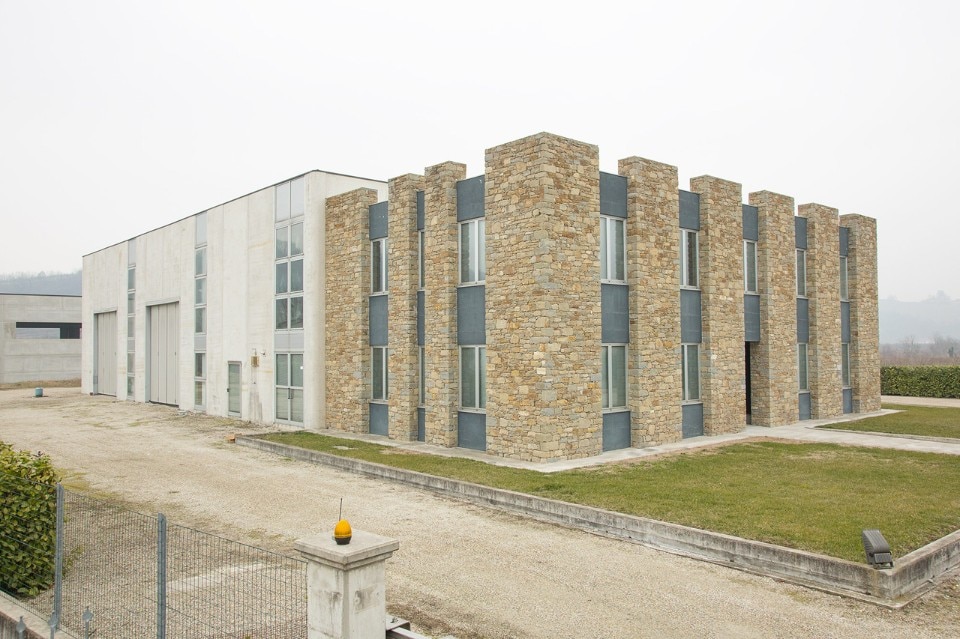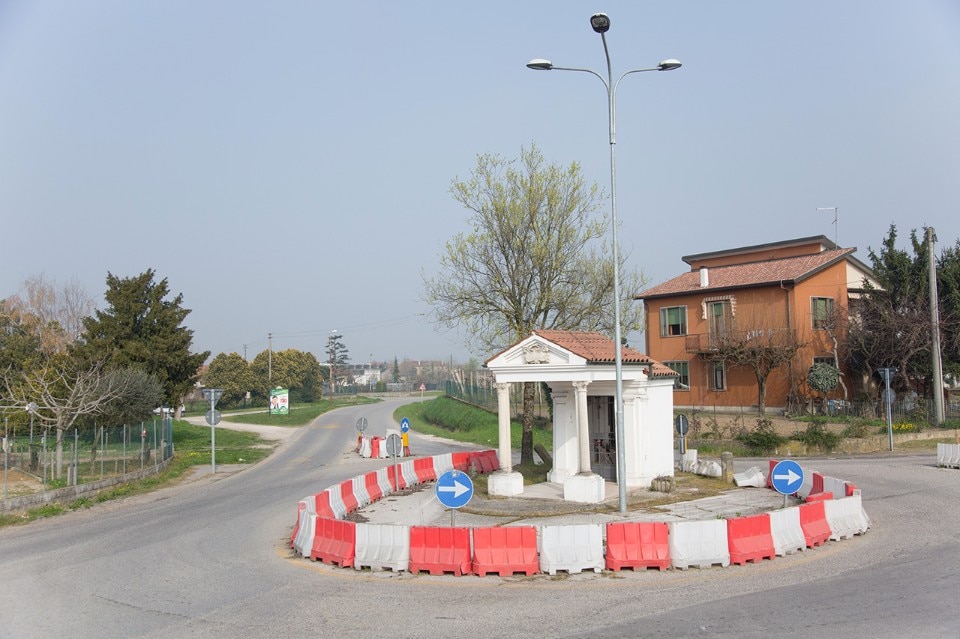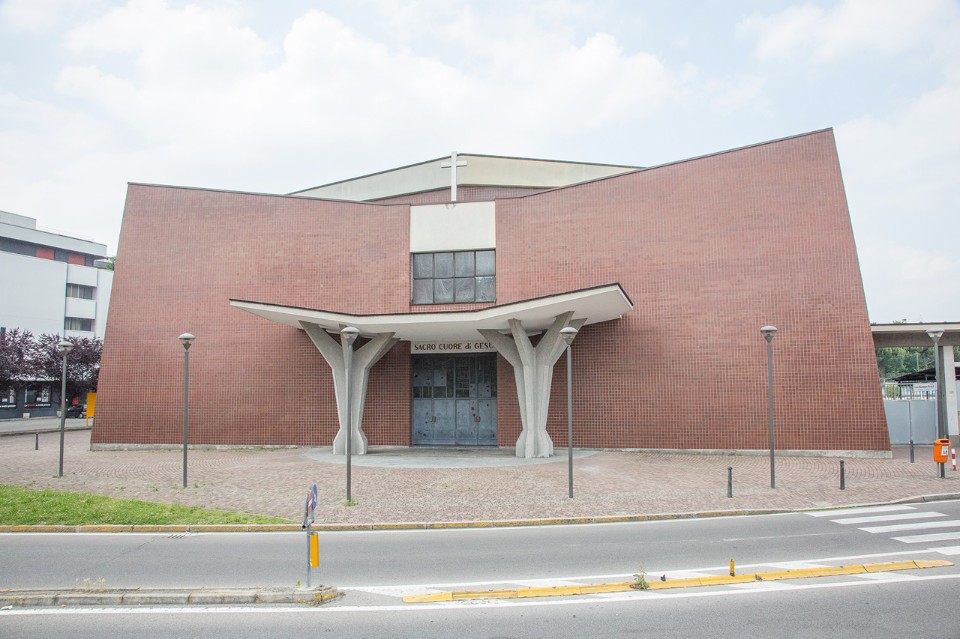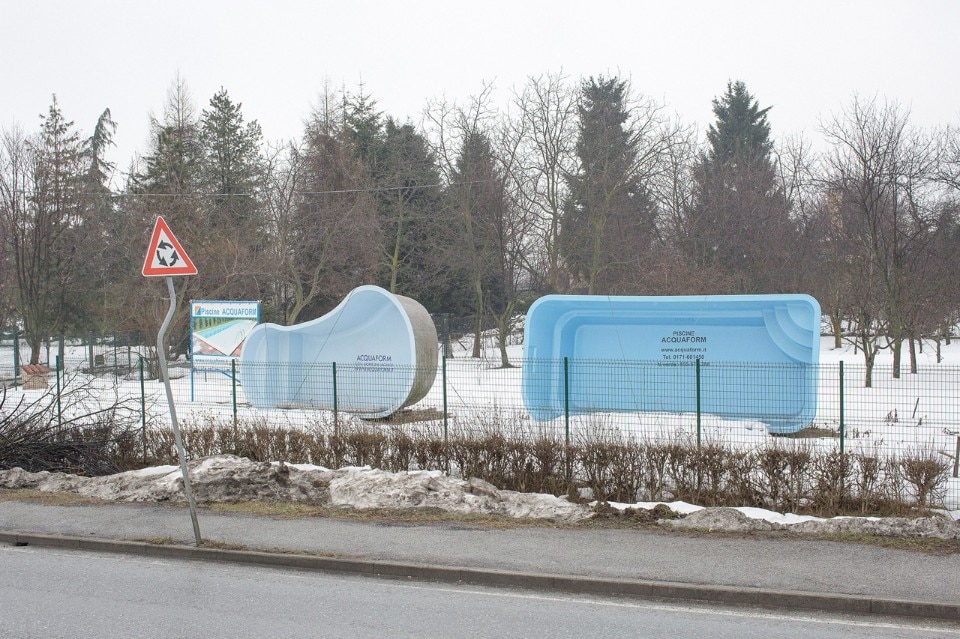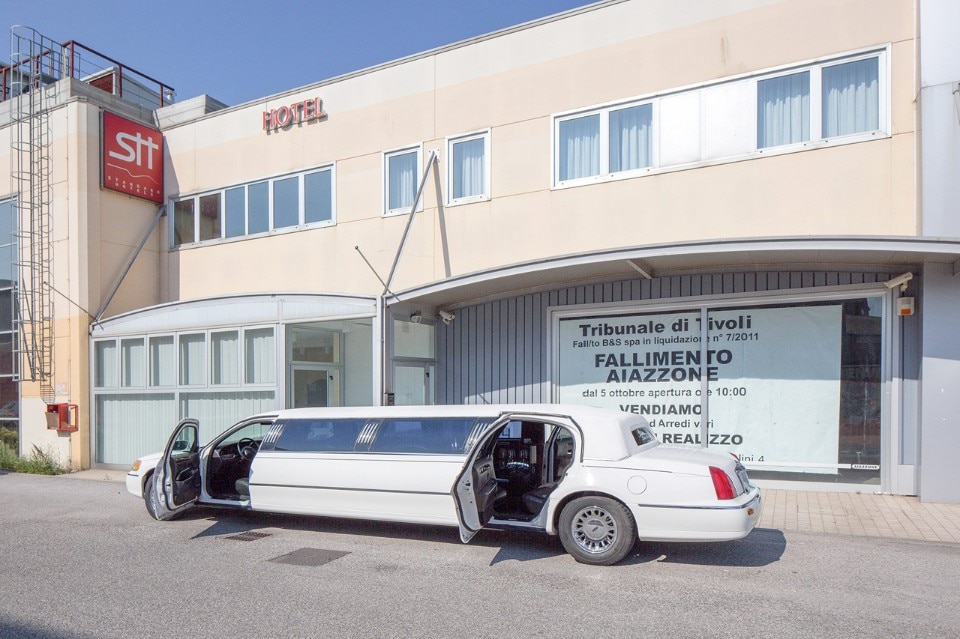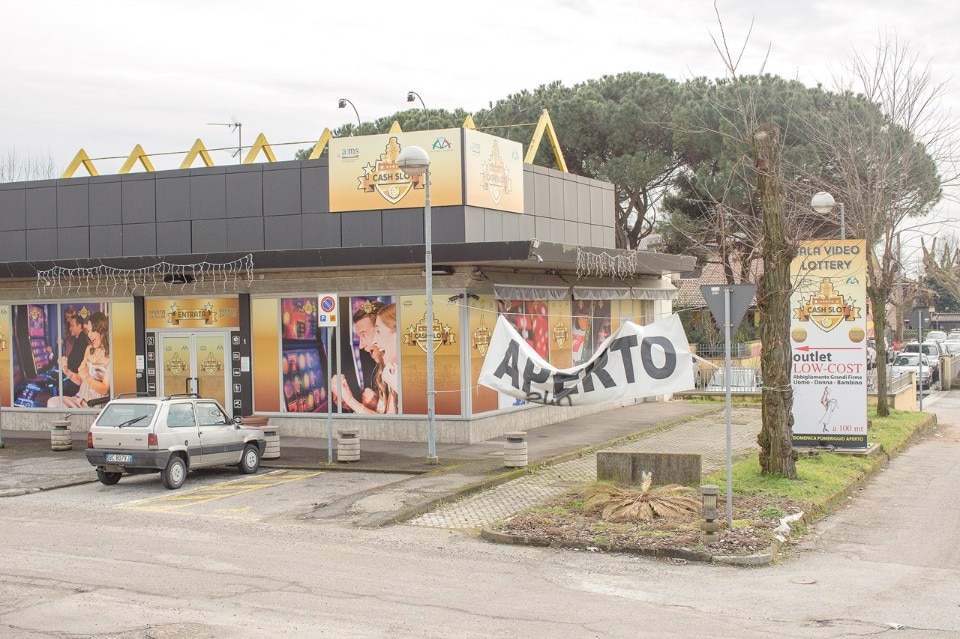A vast critical output focuses on blots on the Italian landscape today and the hefty Atlas of Padania Classics adds a new piece to the jigsaw, illustrating research conducted by the artist Filippo Minelli since 2010.
Minelli’s work analyses a part of the country that normally of more interest to sociologists than artists – the wealthy Po Valley area. Piedmont, Lombardy and Veneto are the chosen locations of “Padania Classics”, featuring the agro-industrial suburbs that link hundreds of Italian municipalities and often have a maximum population of five-ten thousand.
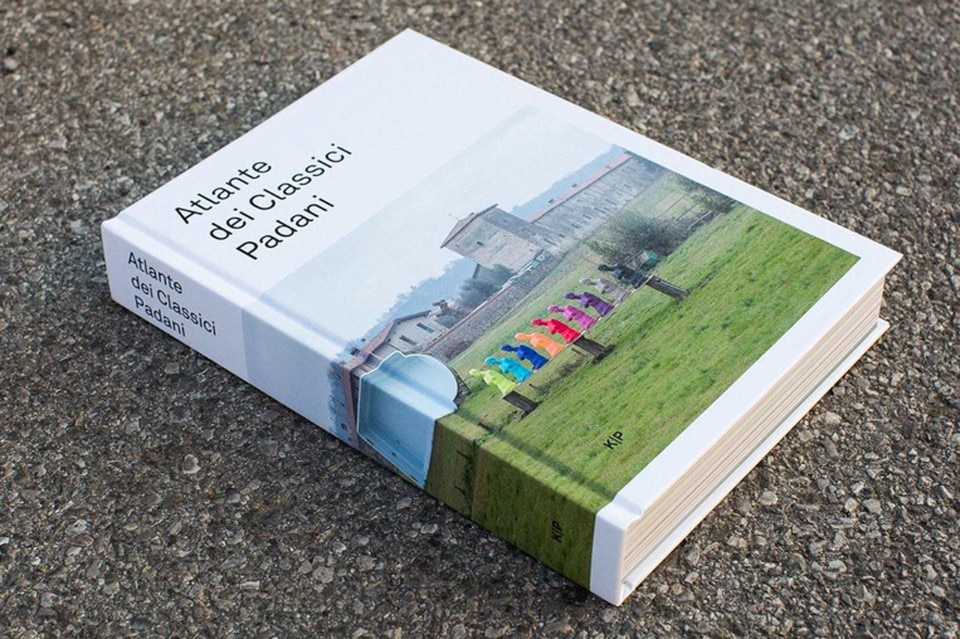
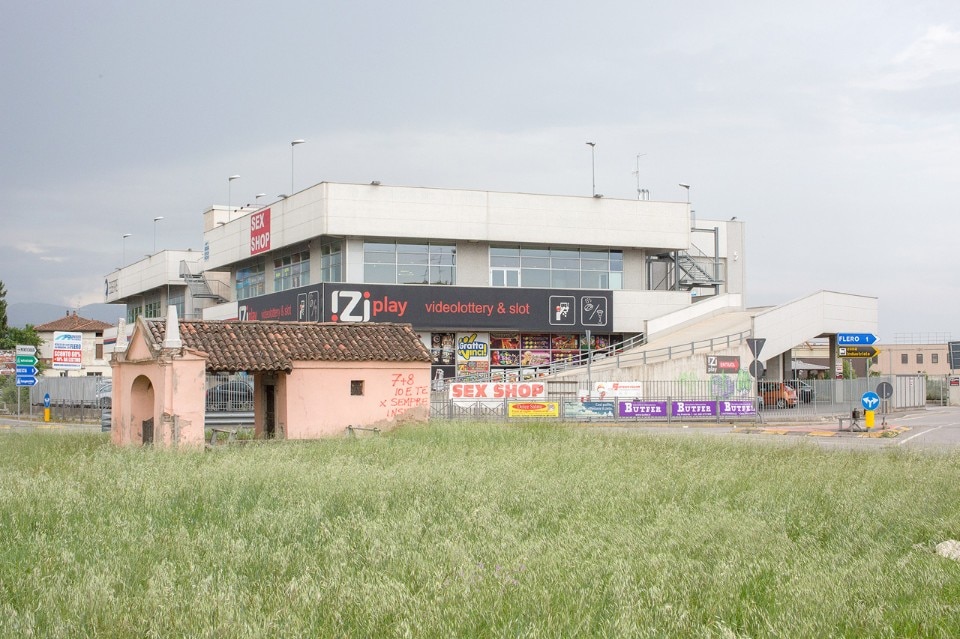
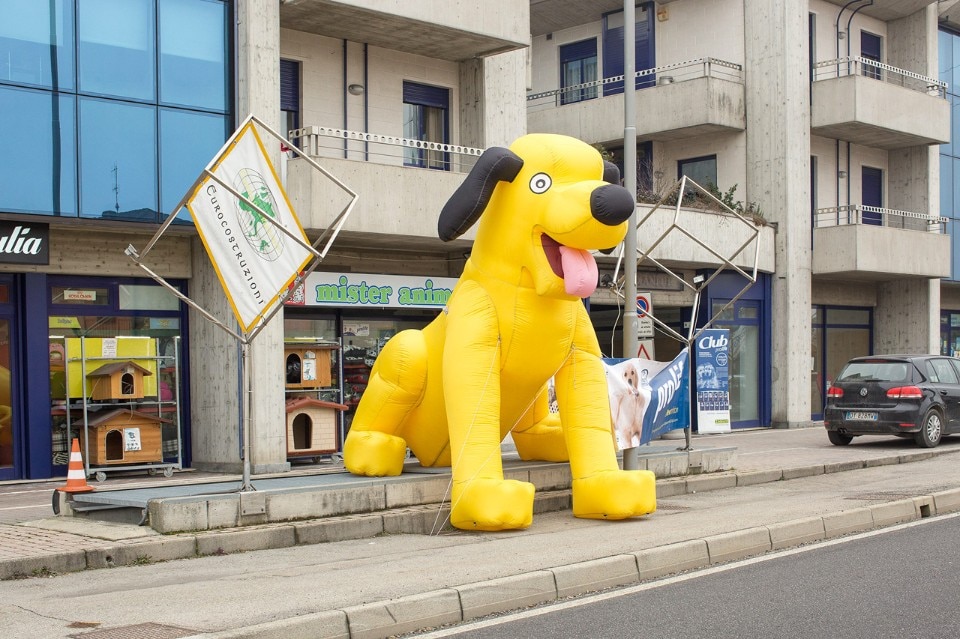
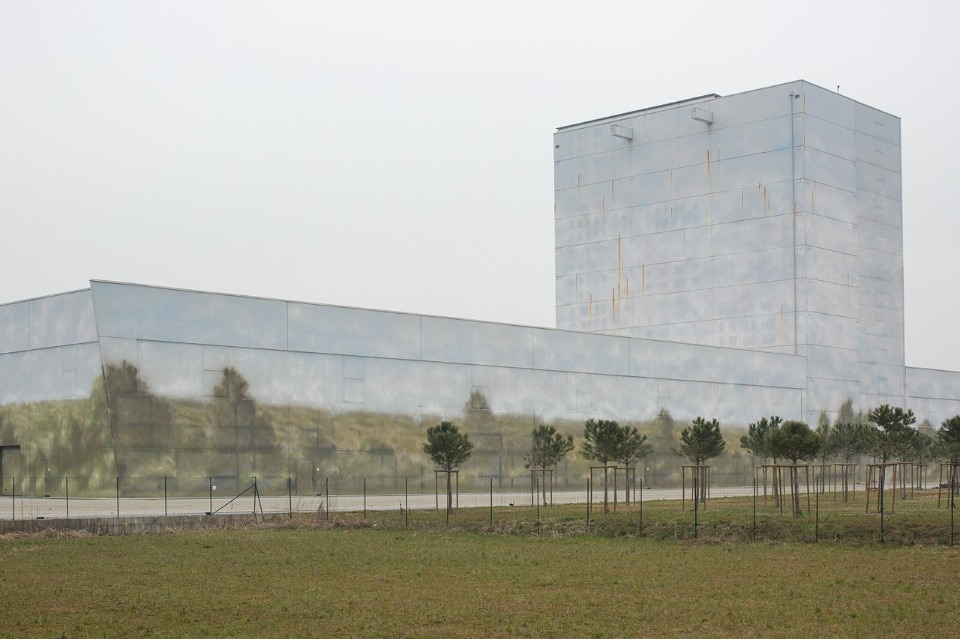
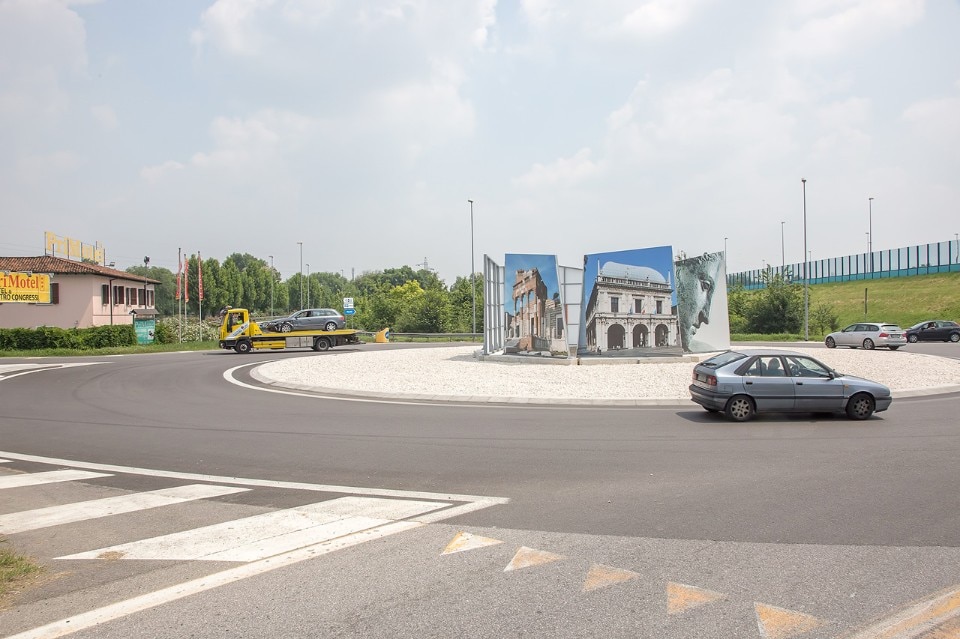
There are no monumental Strips in the Po Valley (although Minelli pinpoints one in Roncadelle, not far from Brescia) and it is paradoxical to think that some of the towns ruthlessly portrayed, from Meda to Cantù, are home to famous and sophisticated Italian design companies. The Atlas of Padania Classics focuses on an environment geographically far removed from Las Vegas but ideologically next door to it and dominant, to all effects, throughout much of Italy. The recurring features of this landscape, stripped of any hope of economic growth or redeeming postmodern theories, really are a sorry sight. After the Lega Nord, inspired by the French Front National, recently abdicated its original secessionist intentions in pursuit of the image of a respectable and patriotic right-wing party, the Atlas of Padania Classics is a reminder that Padania really has very little that is positive to teach us.

